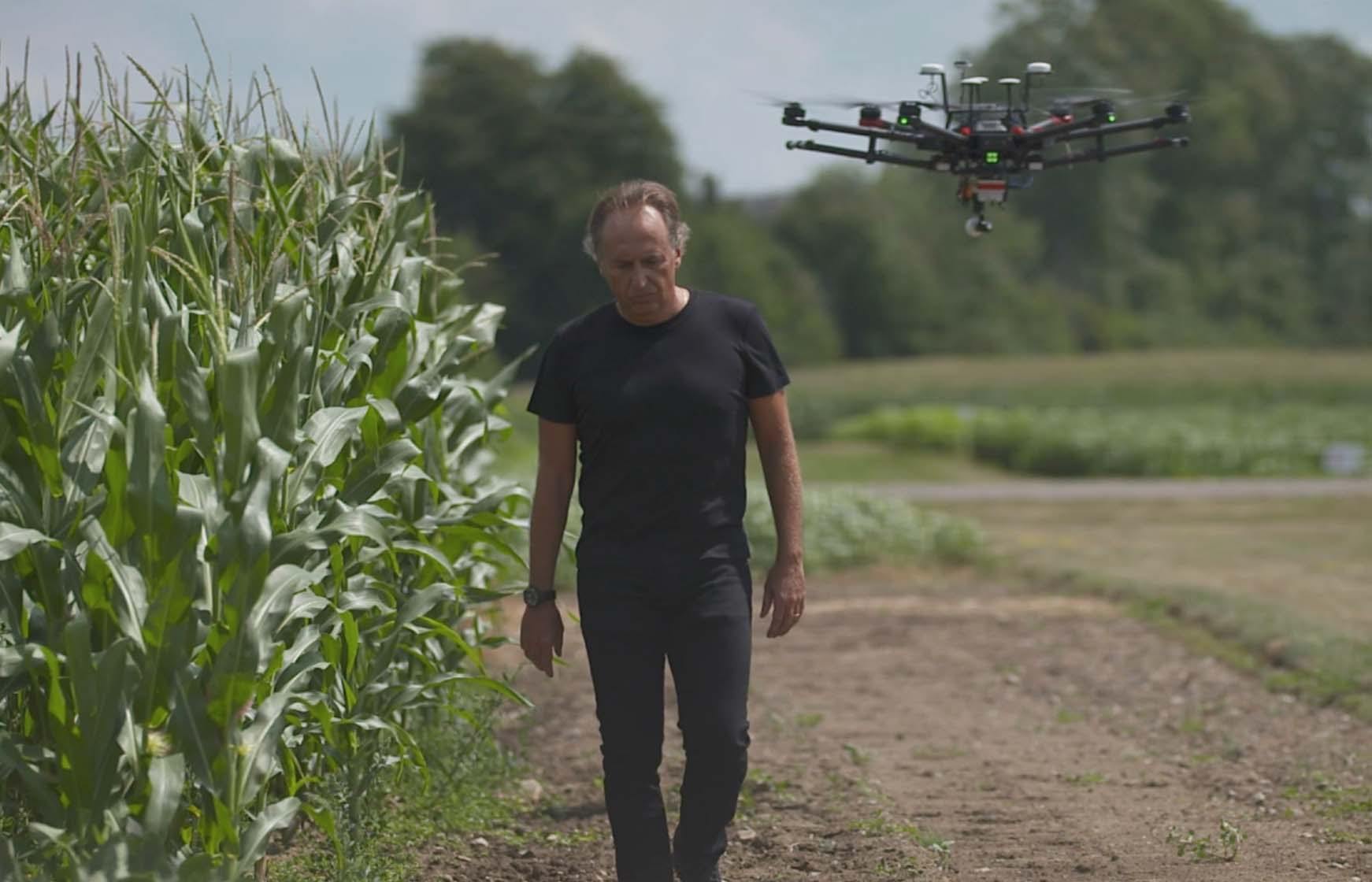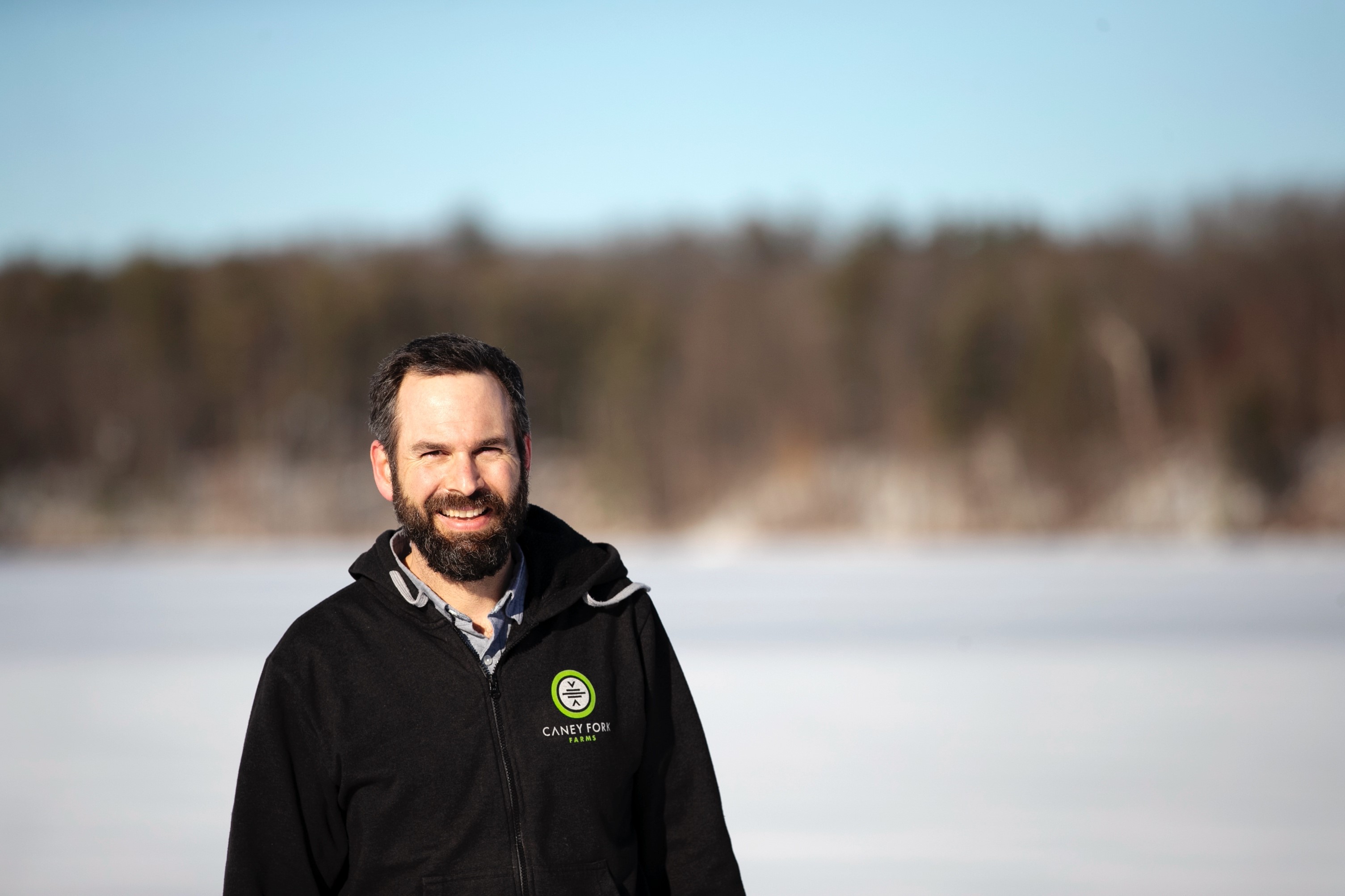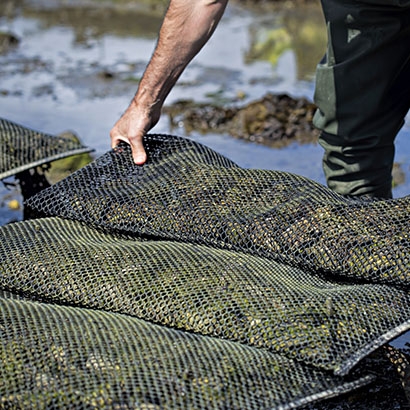Regenerative farming can help boost crop yields and fight climate change, and one nonprofit plans to incentivize more farmers to make the switch.
Starting in late 2018, Al Gore’s Caney Fork Farms in Carthage, Tenn. started a research collaboration and gathered a group of scientists to tackle a challenge: Figure out how to use the earth itself to fight climate change by creating a systematic, scalable approach for farmers to better use soil to capture carbon and reduce greenhouse gas emissions that fuel global warming, while also boosting crop yields and profitability.
Two of those scientists who took up the gauntlet were Dr. Bruno Basso, a professor in the Department of Earth and Environmental Sciences at Michigan State University’s College of Natural Science, and Dr. Kristofer Covey, an assistant professor of Environmental Studies and Sciences at Skidmore College. They went on to cofound The Soil Inventory Project, formerly known as My Soil Organic Carbon, or MySOC, a nonprofit that aims to create a database of soil carbon for farmland across the U.S., while providing farmers with low-cost tools to collect and analyze their soil samples for crop production and carbon sequestration farming, while modeling prospects for more profitability.
Closed captioning provided.


By giving farmers access to standardized data from their own farms and those of their peers, The Soil Inventory Project aims to persuade more food producers to choose regenerative-agriculture methods that can help the world attain net-zero greenhouse gas emissions, vs. more carbon-intensive traditional techniques. The Soil Inventory Project is also an inaugural member of the Morgan Stanley Institute for Sustainable Investing’s Sustainable Solutions Collaborative, an initiative that helps scale sustainability innovations that can benefit from partnerships across private and public industries.
Soil’s Contributions to a Net-Zero Future
How effective a tool is soil management in the battle against climate change? Basso and Covey conducted research on the regenerative farming methods—such as no-till agriculture, cover crops and crop rotation—used at the former U.S. Vice President and Nobel Peace Prize recipient’s own 500-acre farm in Tennessee and estimated that they sequestered more than 100 tonnes of carbon dioxide each year—equal to about 360,000 gallons of petrol emissions since they’ve been tracking carbon on the farm. More importantly, those techniques, used over a five-year period, accounted for half of the farm’s estimated total carbon drawdown over the past 30 years. In short, regenerative farming is a far more effective method of soil carbon capture.
Amid the increased frequency and intensity of extreme weather events, such as floods, heatwaves and droughts linked to global warming, climate scientists are more focused on to how to use soil to sequester carbon, especially because our industrial food system emits approximately half of all global greenhouse gas emissions.1 Indeed, the Intergovernmental Panel on Climate Change found in 2019 that top-range estimates for soil carbon sequestration in croplands and grasslands per year is equivalent to almost 1.5 times annual U.S. emissions.2 Achieving that scale would require millions of farmers around the world to change their land management practices.
Basso and Covey’s research shows that they would be much better off if they did. Traditional tilling exposes organic matter in the soil to oxygen, which aids decomposition, releasing carbon dioxide and other greenhouse gases. Regenerative farming methods help to retain soil carbon, which improves water uptake and buildup of better organic matter and biodiversity. This also preserves soil quality, boosting crop growth and yield, as well as plant health and food nutrition.
The True Value of Dirt
Carbon farming could also allow farmers to sell their soil-carbon credits on the carbon market. But first they would need a way to measure how much carbon their soil can capture. Basso and Covey saw an opportunity to create a way for farmers to easily and cheaply collect samples to analyze how much carbon their soil can sequester. They have already designed a prototype that farmers can use to collect soil samples, with plans for a mobile app to speed the process and give open access to all the data.
No dialog.
Soil sampling using The Soil Inventory Project's collection prototype.
Fully adopting carbon sequestration farming requires a better understanding of its value.
That data is critical. “We shouldn’t expect carbon farming practices to be widely adopted until we can give information to farmers about what practices result in a certain amount of carbon capture,” Covey says. Adds Basso: “Fully adopting carbon sequestration farming requires a better understanding of its value. The market will require showing certification and verification of sequestration practices,” which The Soil Inventory Project aims to facilitate through its standardized data.
That data likely has broader use cases. Government agencies, such as the U.S. Department of Agriculture, could use The Soil Inventory Project data to develop a nascent inventory of soil carbon and measure the return on investment for carbon farming incentives, Covey says. In the private sector, corporations that produce consumer-packaged goods or seed, for example, could better quantify and market their carbon footprint to consumers and investors who are increasingly interested in sustainability.
Bringing The Soil Inventory Project's Tech to Farmers
Covey and Basso want to bring The Soil Inventory Project to more farmers and have committed to maintaining a nonprofit model to ensure that nationwide soil-carbon data remains public and published by a trusted, independent provider. They are raising funds to develop the in-field mobile app and offer The Soil Inventory Project's field-sampling kits for free to a beta-test group of smallholders.
If we’re able to quantify the benefits of carbon sequestration practices, then companies, investors and consumers can encourage supply chains to adopt practices that produce positive environmental outcomes.
The estimated price of a kit starts at $250 and includes hardware, sample design and carbon measurement analysis among other benefits—a cost significantly less than paying companies to send people to farms to collect and test samples, Covey says. “This low-cost and distributed system will ensure that soil carbon information is available to all farmers and land managers in a just and equitable way,” he says. “This is of critical importance to us.”
Scale is key. The cofounders aim to widely distribute sampling kits in the U.S. within two years and build a full national inventory within five. They imagine a world in which farmers can view their fields from the sky and use comparative soil-carbon data to make decisions that ultimately improve their profitability, while protecting the planet.
“What if a farmer uses our data and modeling to go from conventional tillage to no tillage? How much carbon would they sequester and increase in their soil?” Basso says. “If we’re able to quantify the benefits of carbon sequestration practices, then companies, investors and consumers can encourage supply chains to adopt practices that produce positive environmental outcomes,” Covey adds. “And food producers that do will deserve market premiums."



